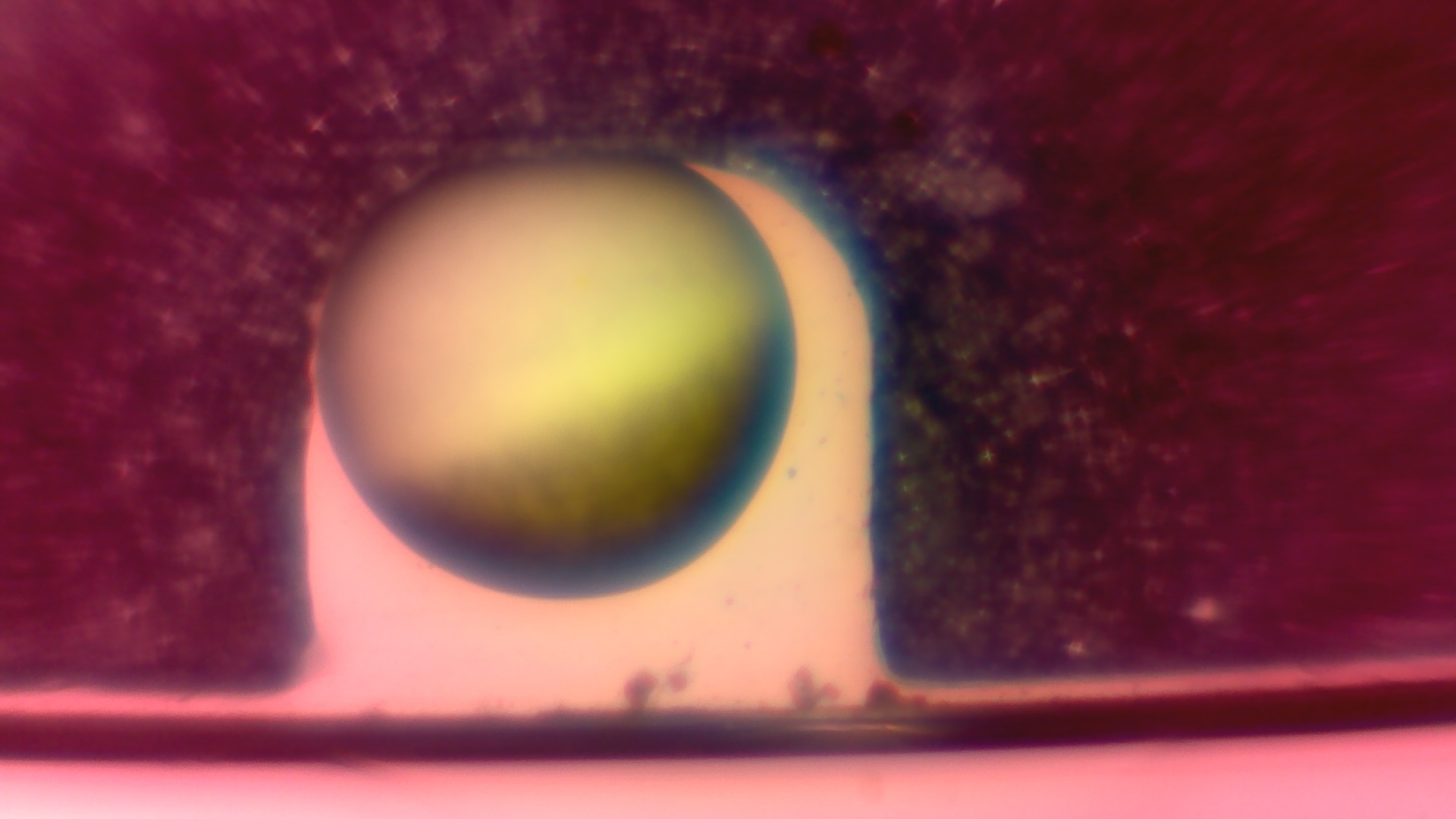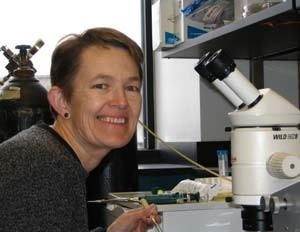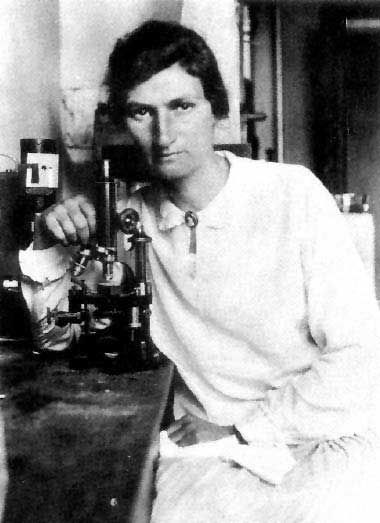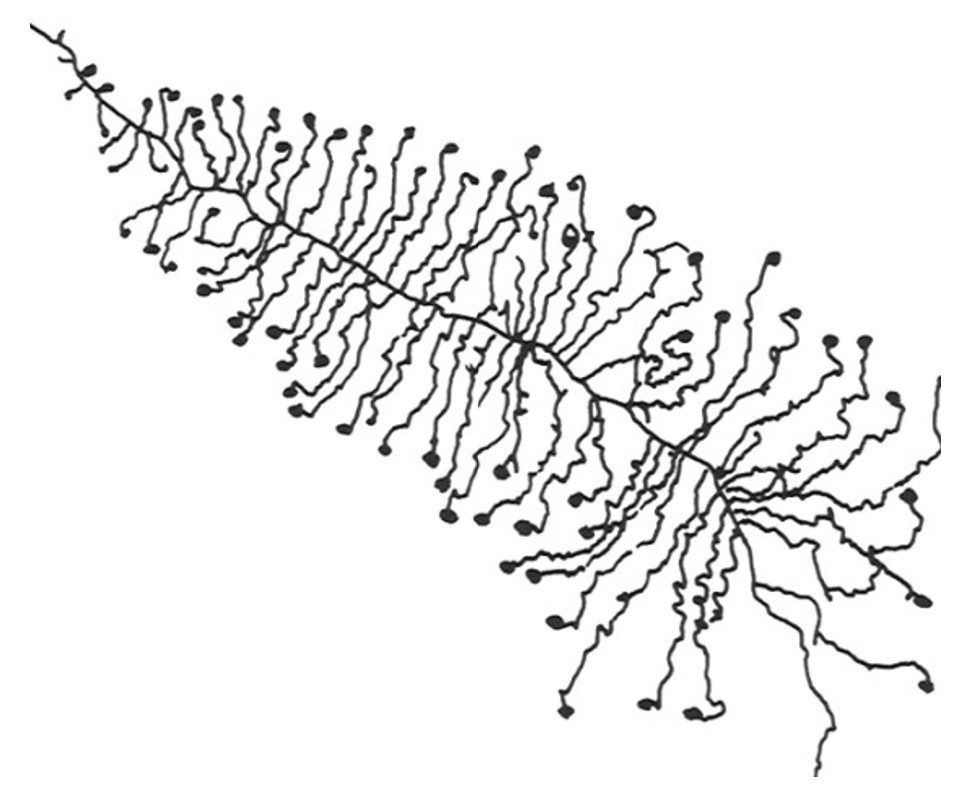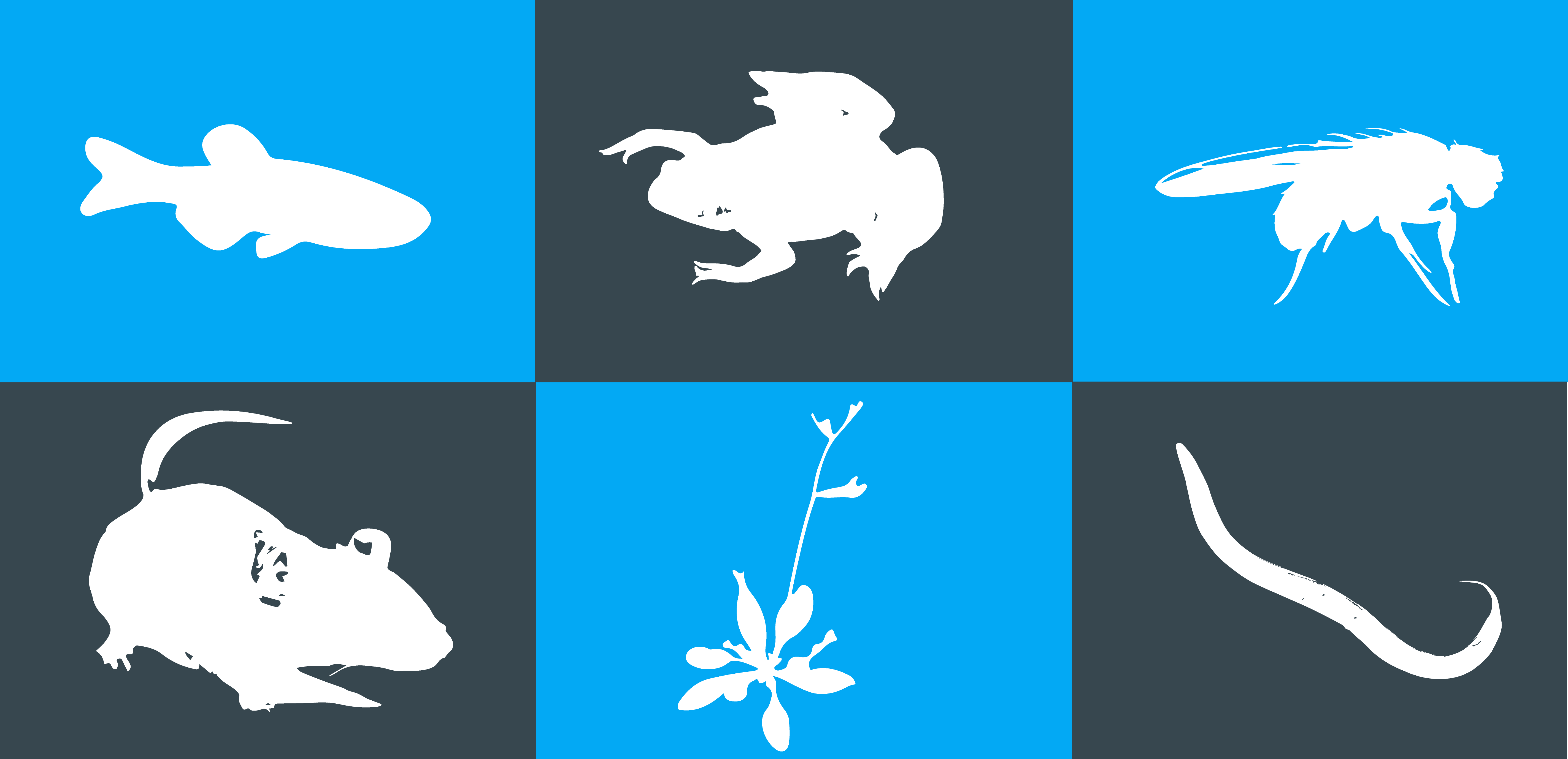Automating the sorting of Xenopus oocytes and embryos
Xenopus laevis is the scientific name of the African clawed frog. This species is native from southern Africa and inhabits slow moving water or stagnant ponds. Its facility to adapt to different environments and conditions makes it considered as an invasive species in Europe, North America and South America (1). The consequence of its invasiveness is a decrease in the local biodiversity because of the competition with local amphibians and the fact that it eats local fishes and invertebrates (1). On the other hand, X.laevis is a very good model organism…



